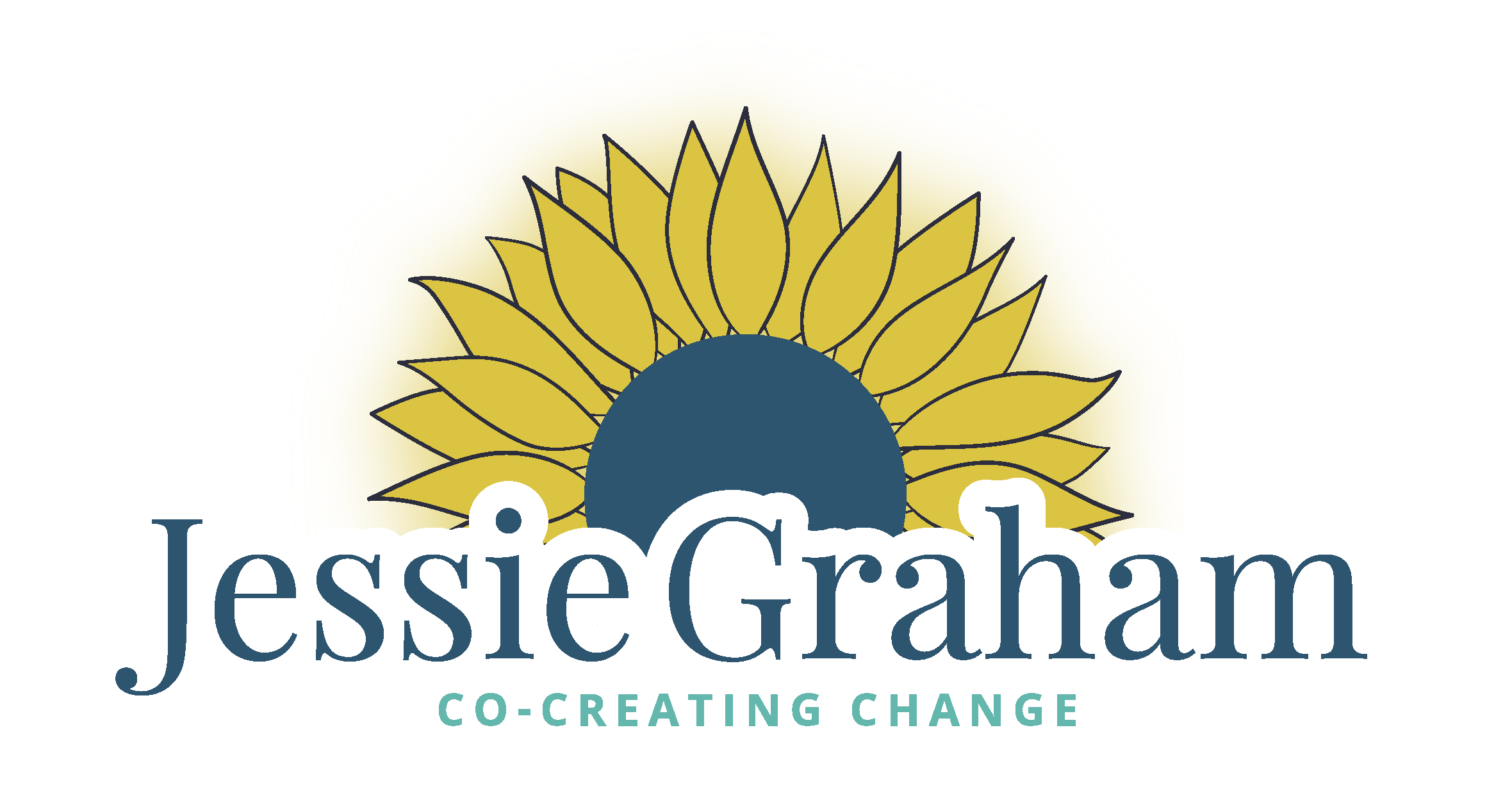Who is the Character in Your Story?
When I began my journey of using story to understand and retell my story as well as teach children how to retell story, I became fascinated with the component of the Character.
Every story has a character, at least one. That Character can be a person, animal, location, object, etc… Most often it is a person, but in children’s books it is often an animal or make believe character. Story grammar, like life, is developmental in nature. It is so important to understand that when working with children. It starts out with a simple format and builds to become more complex just as life does! However, as adults we can tell very complex stories about our childhood.
So, who is the character in YOUR story? Your story is about You! You are a character. You were once a baby and you have grown and changed over time. The character has both a physical appearance and a personality, as well as an age.
When I think of who I am, I have to think about who I was in the past, who I am now and who I may be in the future. Getting to know yourself through story can be empowering. Look in the mirror or take a selfie and look at your self, face and body. Describe what you see. What color are your eyes, what shape are they? What color, length and texture is your hair or are you bald? What shape is your face? How tall are you? Do you have a long torso or short torso? There are so many ways you can physically describe yourself.
Taking a look at your personality requires honest reflection. You can do this alone and with a friend. You can be more objective and talk about your favorite colors, foods, places to visit or you can talk about your personality and if you are bubbly or depressed, fun to be with or a downer.
Your personality is different from how you feel. By engaging in this story telling process you can begin to find out where you are out of alignment. Of course our emotions change, and our personality can change too. You are not your feelings and you change!
Another way to practice this is to read a book and look for information that helps you to understand who the character is. Mindwing Concepts beautifully shows how our children’s literature has different levels of complexity when it comes to Story Grammar. Each book has a different character and different level of description some information needs to be inferred. For example the book Brown Bear, Brown Bear, the main character is a Brown Bear. A very simple book which is easy for young children to engage with and provides simple character descriptions.
So take some time to reflect on Who the Character is in your story and perhaps begin to notice who the characters are or were in your story, both present and past. Who do you want to be in the future and who are the characters that will be in your story? Enjoy the process!
